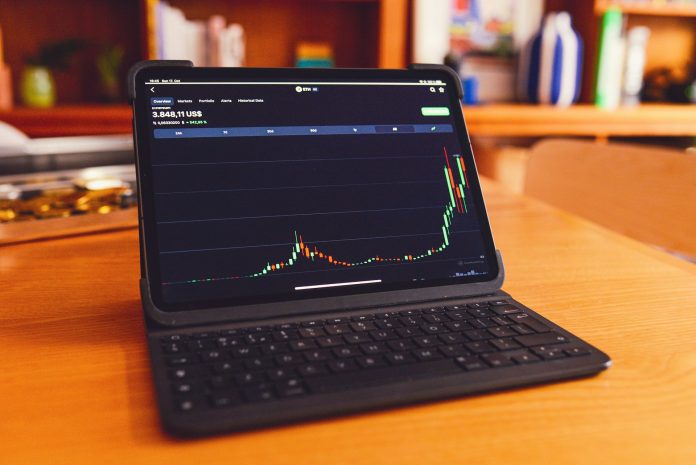Trading has historically attracted people who pursue opportunities. The market constantly changes while financial gains occur, and setbacks provide valuable educational experiences. Trading operations begin either with individual funds or through partnerships with investors. Prop trading serves as the solution for traders who want to operate without using their funds. Prop trading enables traders to participate in markets without spending their own money. Before starting, it is essential to grasp the fundamentals of this system.
What Is Prop Trading?
Prop trading refers to the practice where financial firms provide funding to their traders who operate in marketplaces. These firms supply financial resources together with operational tools and strategic frameworks. The trading firm receives a portion of the profits generated by the trader. The trading arrangement enables participants to work with larger capital than they could manage independently. Higher payouts accompany success, yet traders must practice effective risk management. Traders need to achieve consistent positive results and minimize losses because subpar performance can result in capital withdrawal from their trading operations. Prop trading provides substantial financial rewards, yet traders face significant pressure to maintain continuous successful performance. Prop firms provide substantial financial rewards, yet traders face significant pressure to maintain continuous successful performance.
The Appeal of Trading with Firm Capital
The main benefit is capital access. A trader might start with a small personal account. Growth can be slow. With firm backing, the potential expands. More funds mean larger trades, which can lead to bigger gains. But firms expect discipline. Reckless trading leads to swift account termination.
Another advantage is structured learning. Many firms offer training, webinars, and mentoring, creating a supportive environment for traders to improve their skills. This helps traders refine strategies, understand market trends, and avoid costly mistakes. Trading alone can often feel like guessing, with no clear direction or support. However, with proper guidance and resources, success becomes more likely.
Choosing the Right Firm
Not all firms operate the same way. Some offer better terms than others. The key factors to compare include profit splits, fees, and trading conditions. A high split sounds appealing, but hidden costs can offset earnings.
Account types matter, too. Some firms use demo accounts for evaluation, allowing traders to practice without risking real money. Others, however, put traders straight into live markets, where stakes are higher. The transition from simulated to real trading can be tough as emotions and pressure increase. Understanding the firm’s approach to this transition is crucial before committing, ensuring the trader is comfortable with the environment and the risks involved.
Common Challenges in Prop Trading
Trading with someone else’s money comes with pressure. Losing personal funds stings, but failing in a funded account can end opportunities. The psychological toll is real. Emotional control is critical. Without it, small mistakes turn into big losses.
Rules and restrictions also play a role. Some firms limit trading styles. Others enforce strict stop-loss requirements. These policies protect their capital but can frustrate traders who prefer flexibility. Reading the fine print helps avoid surprises.
Developing a Strategy for Success
Jumping into the market without a plan is reckless. Profitable traders follow clear strategies. Technical analysis, fundamental analysis, or a mix of both—each trader finds what suits them. The goal is consistency, not chasing one big win.
Risk management matters just as much. Even great strategies fail if losses spiral out of control. Position sizing, stop-loss levels, and patience all play roles in long-term success. Trading is not about being right all the time. It is about managing the wrong trades effectively.
The Future of Prop Trading in 2025
Technology continues to shape trading. Algorithmic strategies, artificial intelligence, and data-driven decisions are more common. Traders must adapt. Learning how to use new tools gives an edge. Those who resist change risk falling behind.
Regulations also shift. Some countries tighten rules, while others offer more freedom. Staying informed prevents unexpected hurdles. Firms adjust policies based on these changes. Being aware of industry trends is part of staying competitive.
Conclusion
Prop trading opens doors for those without large personal capital. It provides access to funds, training, and opportunities. But it is not without risks. Success requires discipline, a solid strategy, and a deep understanding of firm policies. Markets will always change, but traders who stay prepared have the best chance to thrive.



 Bitcoin
Bitcoin  Ethereum
Ethereum  Tether
Tether  XRP
XRP  Solana
Solana  USDC
USDC  Cardano
Cardano  TRON
TRON  Lido Staked Ether
Lido Staked Ether  Avalanche
Avalanche  Toncoin
Toncoin